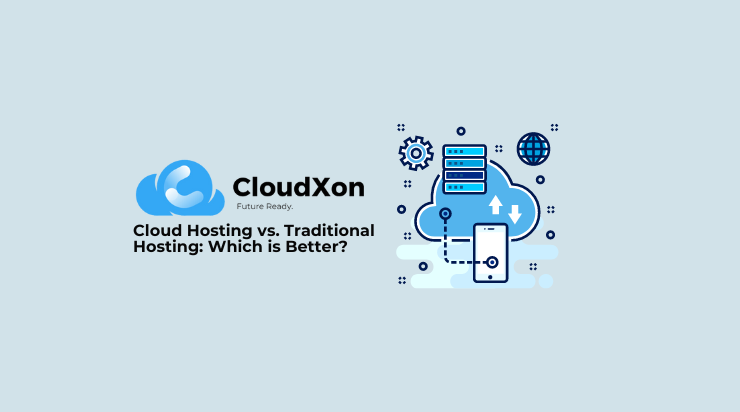In today’s rapidly evolving digital landscape, the need for resilient IT infrastructure has never been more critical. Cloud solutions offer a powerful way to enhance the resilience of your IT systems, ensuring they can withstand disruptions and continue to operate efficiently. Here are some creative and effective blog ideas to help you explore the concept of building resilient IT infrastructure with cloud solutions:
Understanding Resilience in IT Infrastructure:
Resilience in IT infrastructure refers to the ability of systems and operations to withstand and recover from disruptions, whether they are caused by natural disasters, cyber-attacks, or operational failures. Traditional on-premises infrastructure often struggles to provide the level of resilience needed in today’s dynamic business environment. Cloud solutions offer a compelling alternative by providing scalable, flexible, and redundant infrastructure that can adapt to changing conditions seamlessly.
Benefits of Cloud Solutions for Building Resilience:
1. Scalability: Cloud solutions allow organizations to scale their infrastructure up or down according to demand, ensuring optimal resource utilization and cost-efficiency.
2. Redundancy: Cloud providers typically offer redundant data centers across multiple geographic regions, reducing the risk of downtime due to hardware failures or natural disasters.
3. Data Protection and Disaster Recovery: Cloud platforms provide robust data protection mechanisms and disaster recovery options, enabling organizations to recover quickly from disruptions and minimize data loss.
4. Flexibility and Agility: Cloud infrastructure empowers businesses to rapidly deploy new services and applications, enabling them to respond swiftly to changing market conditions and customer demands.
Key Strategies for Building Resilient IT Infrastructure with Cloud Solutions:
1. Hybrid Cloud Adoption: Leveraging a hybrid cloud model allows organizations to combine the scalability and flexibility of public clouds with the control and security of private infrastructure.
2. Multi-Cloud Strategy: Embracing multiple cloud providers mitigates the risk of vendor lock-in and enhances resilience by spreading workloads across different platforms.
3. Automated Infrastructure Management: Implementing automation tools and processes streamlines infrastructure management tasks, reduces human error, and enhances resilience by ensuring consistent configurations and rapid response to incidents.
4. Continuous Monitoring and Optimization: Regularly monitoring cloud infrastructure performance and cost metrics enables organizations to identify potential issues proactively and optimize resource utilization for improved resilience and cost-effectiveness.
Conclusion:
In an era defined by constant change and uncertainty, building resilient IT infrastructure is not just a strategic imperative but a competitive necessity. Cloud solutions offer a pathway to resilience by providing scalable, redundant, and flexible infrastructure that can adapt to evolving business needs and withstand disruptions. By embracing cloud technologies and implementing best practices for resilience, organizations can future-proof their IT infrastructure and position themselves for success in the digital age.
Discover Your Ideal Hosting Solution with CloudXon
Ready to choose your hosting plan? Contact us today to discuss your hosting requirements and find the perfect solution for your website.




